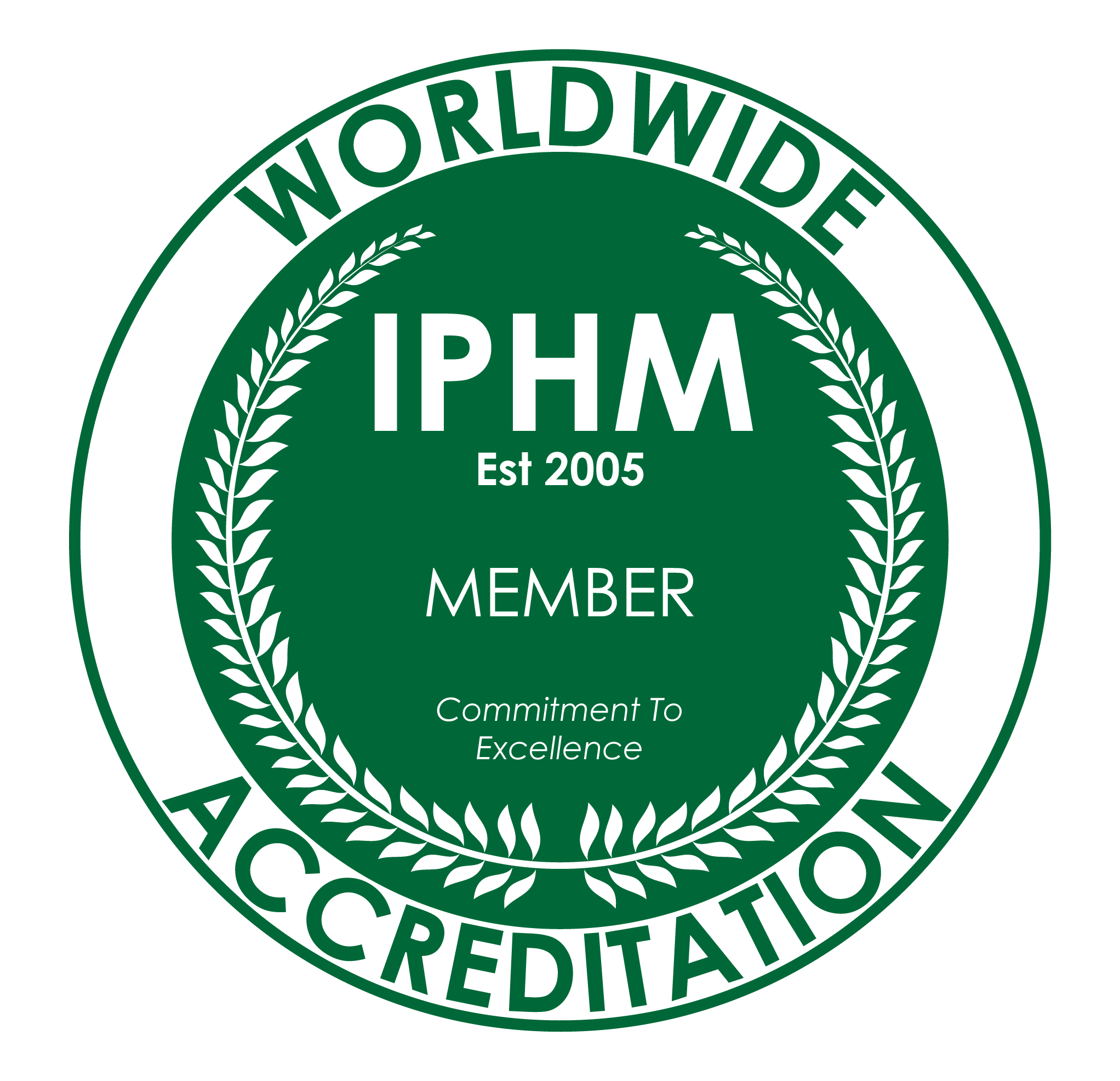Have you ever had someone raise their voice at you and suddenly found yourself completely unable to speak, think, or move? That moment when your mind goes blank, your throat closes up, and you feel frozen in place while your inner world is in complete chaos?
If this experience feels familiar, you’ve encountered what trauma therapists call the “freeze response” – one of your nervous system’s most intelligent survival mechanisms that’s often misunderstood as weakness or cowardice.
As a holistic therapist specializing in trauma healing across Ireland, I want you to understand something crucial: freezing doesn’t make you weak. It makes you human, and it makes perfect biological sense.
Understanding the Freeze Response: Your Body’s Survival Intelligence
Most people are familiar with “fight or flight” – the surge of energy that prepares you to confront or escape a threat. But freeze is equally important and often more relevant to complex trauma experienced in childhood.
The Neurobiology of Freezing
When someone raises their voice and you freeze, here’s what’s happening in your nervous system:
Brainstem Assessment: Your most primitive brain area instantly evaluates the threat and determines that neither fighting nor fleeing will work.
Vagal Shutdown: Your dorsal vagal complex activates, essentially putting your system into protective hibernation mode.
Prefrontal Cortex Offline: Your thinking brain goes offline because analysis won’t help in a survival moment.
Vocal Cord Constriction: Your throat literally closes to prevent sounds that might escalate the threat.
Muscle Immobilization: Your body becomes still because movement might trigger more aggression.
This response likely developed early in your life when you genuinely were powerless in the face of raised voices, anger, or emotional intensity. Your nervous system learned that freezing was the safest option – and it was probably right.
The Irish Context: Silence and Survival
Ireland’s complex cultural history around authority, conflict, and expression creates particular patterns around the freeze response. Many of my clients across Ulster and Northern Ireland carry generational patterns of staying quiet to stay safe.
Cultural Factors Influencing Freeze Responses
Historical Trauma: Generations of political and religious conflict have created nervous systems adapted to staying invisible during danger.
Authority Dynamics: Traditional hierarchical structures in families, schools, and workplaces can reinforce childhood freeze patterns.
“Keep the Peace” Mentality: Irish culture’s emphasis on avoiding conflict can inadvertently reinforce freeze responses rather than healthy assertiveness.
Emotional Expression Patterns: Cultural messages about “not making a fuss” can prevent the development of healthy voice and boundaries.
Recognizing Your Freeze Response Patterns
The freeze response shows up differently for different people, but common signs include:
Physical Manifestations
- Throat tightening or feeling voiceless
- Shallow breathing or breath-holding
- Muscle tension or feeling “stuck”
- Dissociation or feeling disconnected from your body
- Temperature changes (feeling cold or numb)
Mental/Emotional Manifestations
- Mind going blank during conflict
- Inability to access words or thoughts
- Feeling younger or smaller
- Overwhelming sense of helplessness
- Emotional numbing or shutdown
Behavioral Manifestations
- Avoiding confrontation at all costs
- Difficulty standing up for yourself
- People-pleasing to prevent anger
- Apologizing excessively
- Withdrawing from relationships
The Somatic Approach to Freeze Response Healing
Traditional talk therapy can struggle with freeze responses because they’re pre-verbal, brainstem-level reactions. Somatic approaches work directly with your nervous system’s protective patterns.
Understanding Your Freeze History
Your adult freeze response is usually running childhood programming. Consider:
- Were raised voices dangerous in your childhood home?
- Did expressing disagreement lead to punishment or withdrawal of love?
- Were you responsible for managing adults’ emotional states?
- Did staying quiet and still help volatile situations pass more quickly?
Your little nervous system made brilliant adaptations to keep you safe. Now we need to help your adult nervous system understand that you have more options.
Somatic Techniques for Freeze Recovery
Nervous System Assessment: Before working with freeze responses, we need to build your capacity to stay present during activation rather than dissociating.
Grounding Practices:
- Feel your feet on the ground (especially powerful in Ireland’s natural settings)
- Notice five things you can see, four you can hear, three you can touch
- Place hands on solid surfaces to feel stability and support
Breathing for Freeze Recovery:
- Vocal Breathing: Breathing out with sound (“ahhh”) to reactivate your throat
- Belly Breathing: Deep diaphragmatic breathing to counter shallow freeze breathing
- Coherent Breathing: 5 seconds in, 5 seconds out to regulate your nervous system
Somatic Techniques for Freeze Response Healing
Reclaiming Your Voice After Freeze
The freeze response often includes losing access to your voice – both literally and metaphorically. Voice reclamation is a crucial part of healing.
Vocal Activation Practices
Humming and Toning: Start with gentle humming to reactivate your vocal cords and throat chakra. Progress to open-mouthed toning with “ahhh,” “ohhh,” and “eeee” sounds.
Speaking Your Truth: Practice saying simple statements like:
- “I have a right to my opinion”
- “My feelings matter”
- “I can disagree and still be safe”
- “It’s okay for me to take up space”
Boundary Statements: Develop comfort with phrases like:
- “I need you to lower your voice”
- “I’m willing to discuss this when we’re both calm”
- “That tone doesn’t work for me”
Posture and Embodiment
Power Postures:
- Stand with feet firmly planted, shoulders back
- Imagine roots growing from your feet into Irish soil
- Feel your spine connecting earth to sky
- Take up your full space rather than shrinking
Movement Practices:
- Gentle shaking to discharge frozen energy
- Stretching to counteract collapse postures
- Walking to reconnect with forward momentum
- Dancing to reclaim full-body expression
Working with Activation in Real-Time
When someone raises their voice and you feel freeze beginning, try this somatic sequence:
The STOP Technique
S – STOP and Notice Recognize freeze beginning without judgment: “I notice I’m starting to freeze.”
T – TOUCH Ground Feel your feet on the floor, place hands on your body, connect with solid surfaces.
O – ORIENT to Safety Look around and remind yourself: “I’m an adult now. I have choices. I’m not that powerless child.”
P – PAUSE and Breathe Take three breaths with sound on the exhale to keep your voice activated.
From this more regulated place, you can choose how to respond rather than automatically freezing.
The Relationship Between Freeze and Complex PTSD
For many people, the freeze response is part of Complex PTSD (C-PTSD) stemming from chronic childhood stress rather than single traumatic events.
C-PTSD and Freeze Patterns
Hypervigilance: Constantly scanning for signs of potential anger or conflict Emotional Dysregulation: Difficulty managing emotions when conflict arises Negative Self-Concept: Believing you’re weak or cowardly for freezingInterpersonal Difficulties: Struggling with healthy conflict resolution Sense of Foreshortened Future: Feeling hopeless about changing these patterns
Healing C-PTSD Through Somatic Work
As a trauma therapist practicing across Ireland, I use approaches that help rewire these deep patterns:
Nervous System Regulation: Building capacity to stay present during activation Attachment Repair: Healing early relational wounds that created freeze patterns Somatic Experiencing: Completing trapped survival energy Parts Work:Healing the parts of you that learned to freeze for safety
Family Patterns and Generational Healing
Freeze responses often run in families, passed down through generations. In Ireland’s context, this might include:
Generational Freeze Patterns
Historical Trauma: Ancestors who survived by staying invisible during conflicts Authoritarian Parenting: Family systems where children’s voices weren’t welcome Emotional Suppression: Cultural patterns of not expressing difficult emotions Gender Role Expectations: Different freeze patterns for men vs. women based on cultural expectations
Breaking Generational Cycles
When you heal your freeze response, you’re not just helping yourself – you’re changing your family’s story. Children learn nervous system regulation from their caregivers. By developing your capacity to stay present during conflict, you model healthy responses for future generations.
Professional Support for Freeze Response Healing
While some freeze response work can be done independently, deeper healing often benefits from professional support, especially when:
- Freeze responses significantly impact your relationships or work
- You experience dissociation or severe numbing
- The patterns are connected to complex trauma
- You feel stuck despite trying various approaches
Therapeutic Approaches That Help
Somatic Experiencing: Working directly with nervous system activation and freeze states EMDR: Processing traumatic memories that created freeze patterns Internal Family Systems: Healing the parts of you that learned to freezeAttachment-Based Therapy: Repairing early relational wounds Neurofeedback: Training your brain for better regulation
The Cultural Healing Aspect
In Ireland’s therapeutic community, we’re increasingly recognizing how cultural and historical factors contribute to individual trauma responses. Healing freeze responses often involves:
Community and Cultural Healing
Reclaiming Voice in Irish Context: Understanding how cultural silencing contributed to personal voicelessnessCommunity Support: Using Ireland’s strong community bonds to practice safe conflict resolution Cultural Integration:Honoring Irish values while developing healthy assertiveness Collective Healing: Participating in community healing initiatives
Practical Steps for Daily Life
Healing freeze responses is a gradual process. Here are practical steps for integration:
Daily Practices
Morning Preparation:
- Practice vocal activation exercises
- Set intentions for staying present during potential conflicts
- Visualize responding from strength rather than freezing
Throughout the Day:
- Notice early warning signs of freeze beginning
- Use grounding techniques when you feel activated
- Practice small acts of voice and boundary-setting
Evening Integration:
- Reflect on moments when you stayed present vs. froze
- Celebrate any progress, however small
- Discharge any residual activation through movement or breathing
Relationship Applications
With Partners:
- Communicate about your freeze response and what helps
- Develop agreements about tone and conflict resolution
- Practice repair after freeze responses occur
At Work:
- Prepare responses for common conflict scenarios
- Use grounding techniques before difficult conversations
- Advocate for respectful communication norms
With Family:
- Set boundaries around raised voices
- Model healthy conflict resolution for children
- Address family patterns that trigger freeze responses
The Neuroscience of Recovery
Understanding what happens in your brain during freeze response recovery can be encouraging:
Neuroplasticity and Healing
New Neural Pathways: Every time you stay present instead of freezing, you’re building new neural pathways Vagal Tone Improvement: Practices that activate your vagus nerve improve your stress response over time Prefrontal Cortex Strengthening: Mindfulness and grounding practices strengthen your thinking brain’s ability to stay online during stressAmygdala Regulation: Somatic practices help calm your brain’s alarm system
Recovery isn’t linear, but each moment of staying present during activation teaches your nervous system something new.
Long-Term Healing and Integration
Healing freeze responses is often a long-term journey that unfolds in stages:
The Healing Timeline
Stage 1: Awareness (Months 1-3) Recognizing freeze patterns without trying to change them yet.
Stage 2: Building Resources (Months 3-9) Developing grounding, breathing, and self-regulation skills.
Stage 3: Gradual Exposure (Months 6-18) slowly practicing staying present during mild activation.
Stage 4: Integration (Months 12-24+) Naturally responding from presence rather than freeze during conflicts.
Stage 5: Mastery (2+ Years) Having conflicts feel manageable and being able to use your voice authentically.
Supporting Others with Freeze Responses
If someone in your life struggles with freeze responses:
How to Help
Lower Your Voice: Speak calmly and avoid raising your voice Give Time: Allow processing time rather than demanding immediate responses Validate Their Experience: Recognize that freezing is a nervous system response, not a choiceCreate Safety: Build predictability and emotional safety in your interactions Encourage Professional Support: Suggest trauma-informed therapy when appropriate
What Not to Do
- Don’t shame them for freezing
- Don’t demand immediate responses during activation
- Don’t take their freeze response personally
- Don’t try to “snap them out of it” aggressively
Conclusion: From Frozen to Flowing
Your freeze response developed to protect you when you were truly powerless. It served you beautifully when you needed it most. Now, as an adult with resources, choices, and support, you can honor this protective mechanism while expanding your options.
Healing the freeze response isn’t about becoming someone who never gets activated during conflict. It’s about having more choices in how you respond. It’s about accessing your voice when you need it, staying present in your body during difficult moments, and knowing that you can handle whatever comes up.
Remember: You are not that helpless child anymore. You have resources now. You have choices. You have a voice that deserves to be heard.
Every time you stay present instead of freezing, you’re not just healing yourself – you’re changing your family’s story and contributing to a culture where everyone’s voice matters.
Your voice is not too much. Your truth is not dangerous. You have every right to take up space, express yourself, and be heard.








